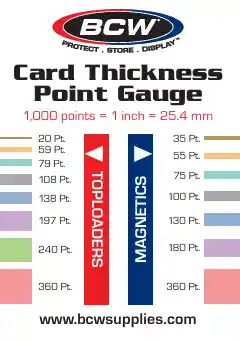
This chapter will take you through the options for protecting your cards and how to find the right option for each card.
Protecting your cards is important - especially if you are considering grading them. Collectors (mainly) store their cards in one of two ways.
This is the most economic (and safest) way to store your cards.Even the most expensive cards will (usually) be shipped in a card sleeve and toploader as the card is less prone to move around - compared to a magnetic case.
A card sleeve is a plastic sleeve used to protect the card. These are sometimes referred to as “penny sleeves” as they are very cheap to buy.
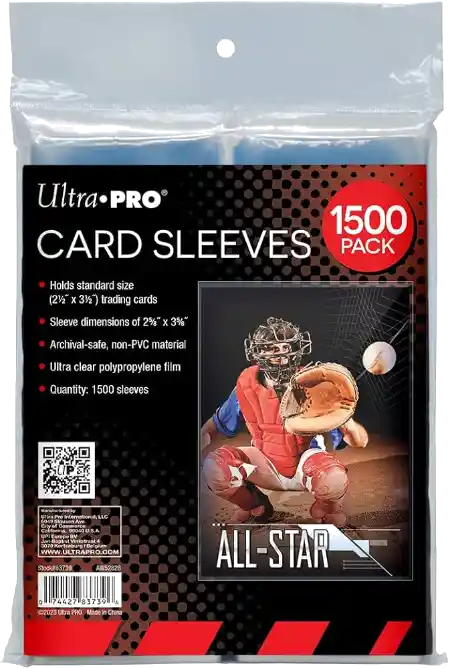
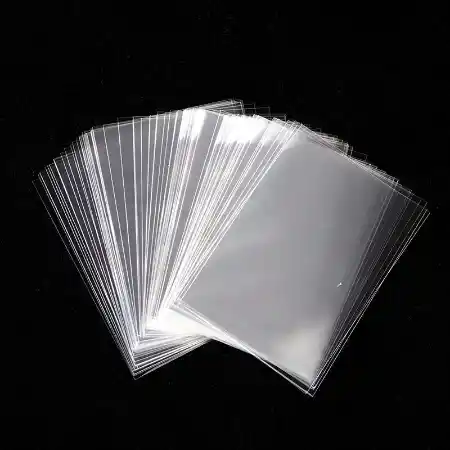
A toploader is a rigid plastic case that is designed to keep the card both secure and clean. It is important to only insert your card into a toploader once it is in a card sleeve to reduce damage and movement.
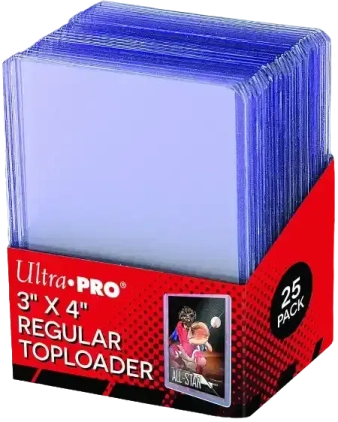

Magnetic card cases offer a more premium solution to store your cards. These cases come in two pieces with one sliding into the other and being secured by a magnet. Magnetic card cases are more expensive than toploaders - so they are normally reserved for more premium cards.
If you opt to store your card in a magnetic card case - it’s advised you place a card sleeve on top of your card prior to closing the case. This will offer an additional layer of protection for your card.
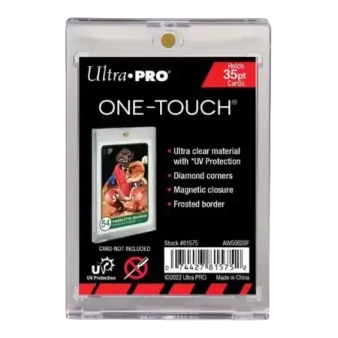
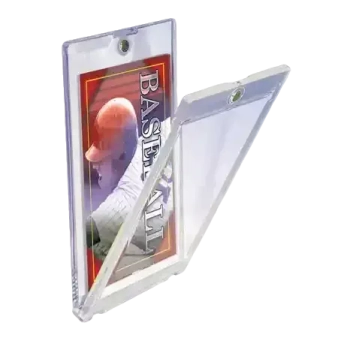
Cards come in many different thickness sizes. These thickness sizes are defined in points - with each point equating to 0.0254mm or 0.001 inches. Don’t panic - there are only a handful of trading card sizes used by all manufacturers.
BCW Supplies has created a useful Card Thickness Point Gauge that you can use to measure how thick your cards are. Print out the gauge and determine which size is the most appropriate for your card. This will show you what size card sleeves, toploaders and/or magnetic card cases to buy.
